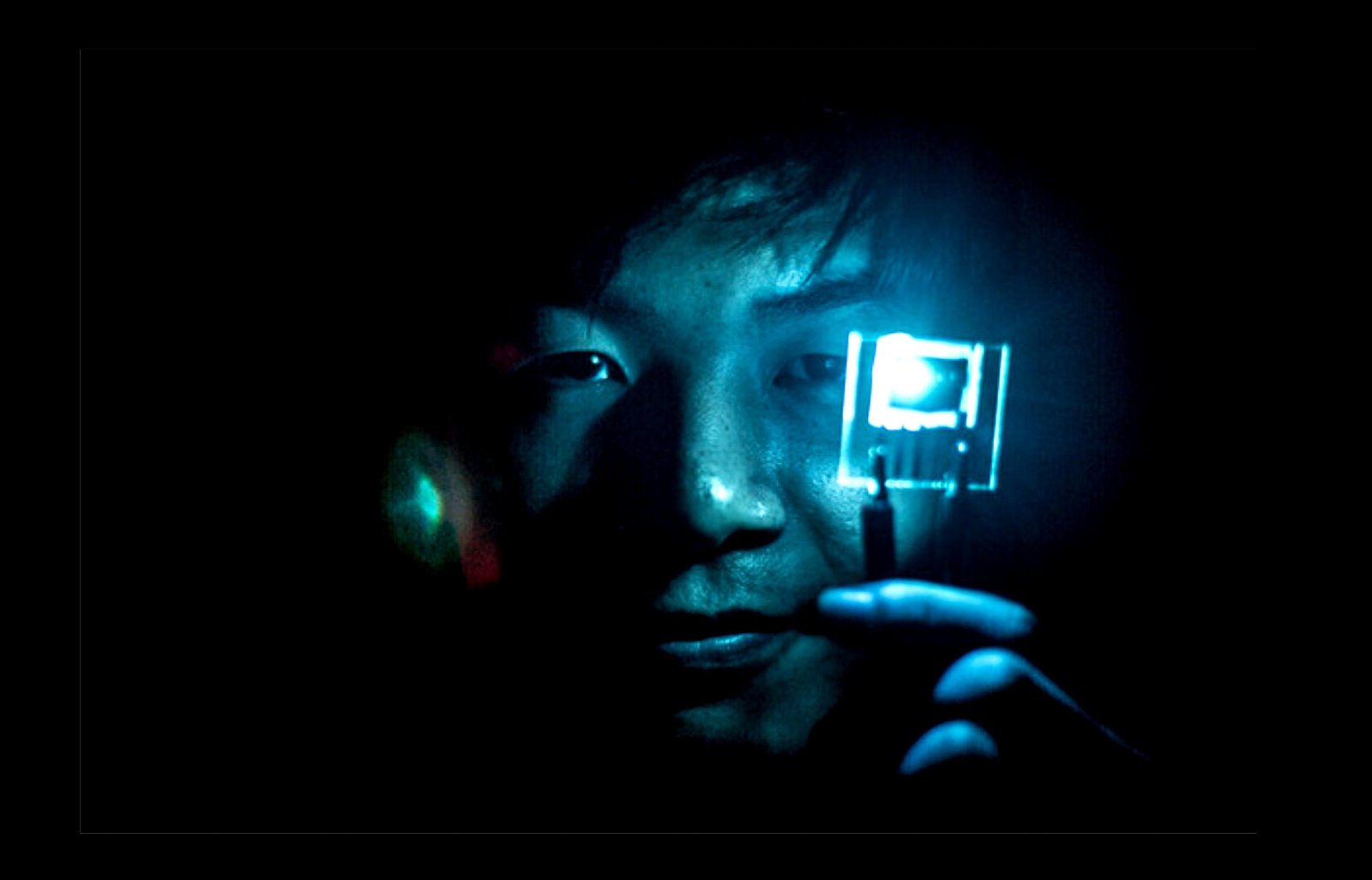Researchers funded by the Department of Energy (DOE) say a new breakthrough in phosphorescent organic light-emitting diodes, or PHOLEDs, will allow TV makers to use the truest blue available, dramatically reducing the energy needed to project the best picture possible.
Currently, OLEDs are considered the state-of-the-art in image projection for TVs, phones, and computer screens. This new technology looks to best that mark while decreasing energy consumption by 30%.
Short Product Lifetime Has Limited The Technology’s Use
Currently, OLED screens must use less efficient technology to create the white light that stale blue PHOLEDs do organically. Unfortunately, the best PHOEDS currently available don’t come close to the 50,000 hours of life required by the DOE to be used in TVs and other electronics. This limitation has relegated the otherwise promising technology to use in lighting and little else.
“Achieving long-lived blue PHOLEDs has been a focus of the display and lighting industries for over 20 years,” said Stephen Forrest, the Peter A. Franken Distinguished University Professor of Electrical and Computer Engineering at the University of Michigan. “It is probably the most important and urgent challenge facing the field of organic electronics.”
Now, the professor and his team say their new technology can break that threshold, offering TV and computer screen makers the possibility of using PHOLEDs to create the best and most efficient screens possible. According to a press release, the technology “can maintain 90% of the blue light intensity for 10-14 times longer than other designs that emit similar deep blue colors.”
PHOLEDS Use 100% of Their Electrical Energy to Produce Light
Published in the journal Nature, the study points out that, unlike current OLED designs, PHOLEDs have “nearly 100% quantum efficiency.” This means that all of the electricity entering a PHOLED device is used to create light. However, their insufficient lifetime has limited their use, causing the manufacturers of OLEDs to use “workarounds.”
The main workaround in OLED displays has been using older, fluorescent OLEDs to produce the blue colors. Still, due to their much lower quantum efficiency, only a quarter of the electric current entering the fluorescent blue device ends up producing light.
“A lot of the display industry’s solutions are upgrades to fluorescent OLEDs, which is still an alternative solution,” said study first author Haonan Zhao, a doctoral student in physics and electrical and computer engineering. “I think a lot of companies would prefer to use blue PHOLEDs if they had the choice.”
According to the researchers, the key to their technology involved taking advantage of a new quantum entangled state called a plasmon-exciton-polariton, or PEP.
“In our device, the PEP is introduced because the excited states in the electron transporting material are synchronized with the light waves and the electron vibrations in the metal cathode,” said study co-author Claire Arneson, a doctoral student in physics and electrical and computer engineering.
This new quantum state allows their PHOLEDs to emit light “very fast,” allowing for a dramatic reduction of collisions at the quantum level. The result is a true PHOLED-created blue that is efficient enough and long lasting enough to meet the DOE’s thresholds while creating the best picture quality to date.
Not Timeline, But Technology Likely Coming Soon
There is no definitive timeline for this new technology to make it from the laboratory to the production line. However, according to the researchers involved, “display screens with blue PHOLEDs could potentially increase a device’s battery life by 30%.”
That energy savings, along with the picture quality, means that, like previous breakthroughs with LEDs and quantum dot OLEDS, PHOLED TVs are probably coming sooner than you think.
Christopher Plain is a Science Fiction and Fantasy novelist and Head Science Writer at The Debrief. Follow and connect with him on X, learn about his books at plainfiction.com, or email him directly at christopher@thedebrief.org.

